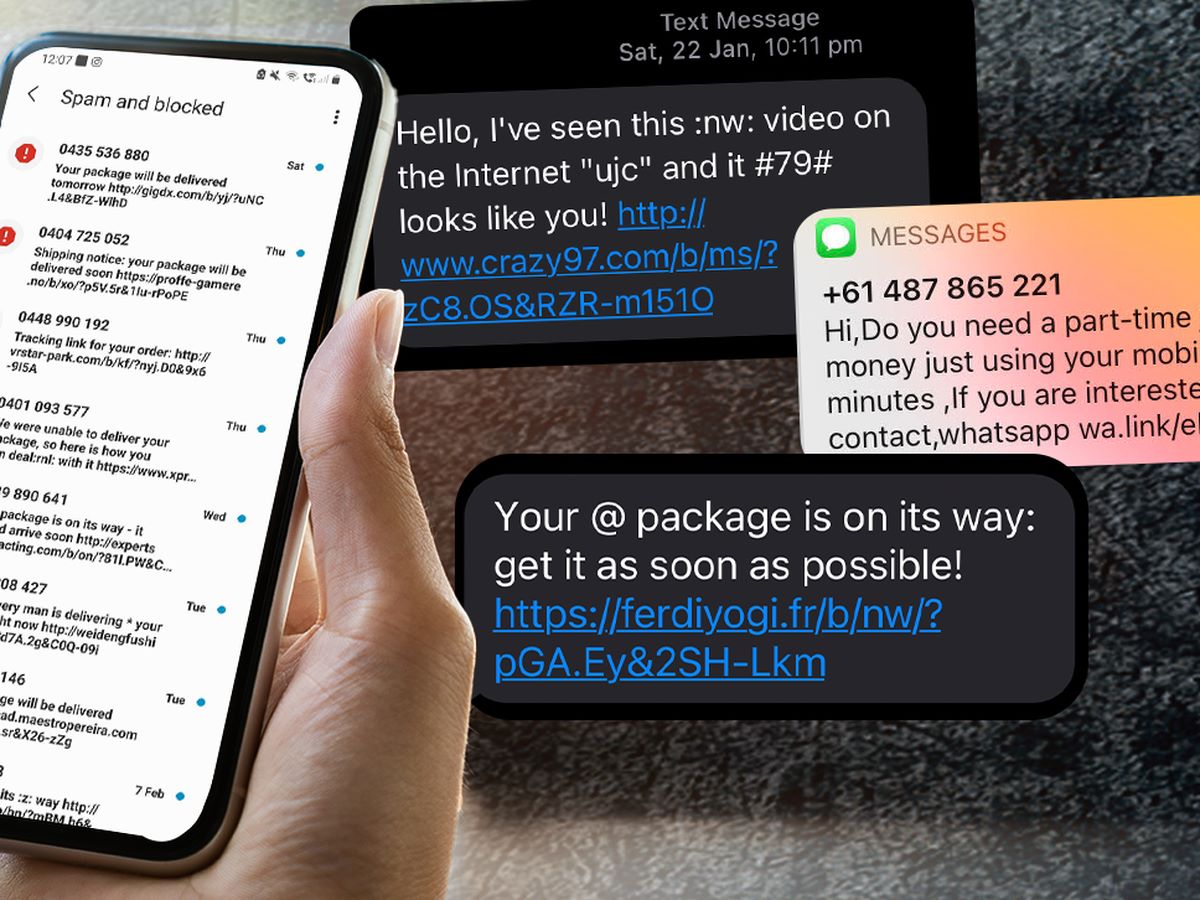Cyber Crime
Indian Telecom Authorities Block 120 Headers Linked To Chinese Entity Involved In SMS Scams

NEW DELHI: As many as 120 headers used by banks, marketing companies, utility providers and even government offices to send bulk texts (SMS) to consumers and customers have been blocked by Indian telecom authorities in the past two months.
An investigation by the Indian Cyber Crime Coordination Centre (I4C) found that these headers were hosted from China and were used to dupe consumers into clicking on malicious links that would lead to financial loss for them.
A Ministry official cited an example where the header of West Bengal State Electricity Distribution – WBSEDC – was compromised and taken over by a Chinese host. Consumers received messages pertaining to outstanding electricity bills, which contained malicious links.
ALSO READ: Rs 903 Crore Investment Fraud Running From China Busted By Hyderabad Police
Once clicked, the hacker would get access to the person’s phone and consumers would fall for it as the header genuinely belongs to the State electricity distribution company. The scam has been going on for at least three years and it was only recently that the officials at I4C flagged the issue.
“The IP addresses of all the headers that were blocked were traced to China,” said the official. Following the investigation done by I4C, the Telecom Regulatory Authority of India (TRAI) wrote to telecom companies to respond within 30 days about active or dormant headers.
On February 16, TRAI issued directions to Access Service Providers to reverify and block all un-registered headers and message templates in 30 days and 60 days respectively, in order to stop the misuse of headers and message templates. Last month, Parliament was informed that more than 15 lakh mobile numbers detected to have been issued on fraudulent credentials, have been disconnected by Department of Telecommunications (DoT).
ALSO READ: How To Trace A SMS Header
The Indian government has been trying to strengthen I4C, which was started in 2020. The Threat Analytical Unit (TAU) of the I4C analyses the pattern of financial crimes and frauds and sends reports to central agencies such as the National Investigation Agency (NIA), Enforcement Directorate or State police forces. The TAU recently flagged to the authorities that scammers were trawling consumer redressal websites of banks and other commercial firms to dupe people.
“After hacking into consumer websites, the caller would call the affected person saying he was calling from their bank and was here to redress the complaint. The consumer readily shares information including One Time Passcode (OTP) that gives the hacker access to their bank account, losing money in the process,” said another official.
The official added that another set of 112 applications hosted on Google Playstore and Google Ads were blocked on the request of I4C in the past two months.
These apps would pop up and promise high returns for work-from-home jobs or through gambling. To convince the victim, they would create a wallet and deposit money. The wallet would appear to have money deposited from the scammers. When the victim would want to withdraw the amount they will come up with some excuse and ask him/her for a certain amount as a processing fee. As soon as the victim deposited the fee, they would block access and become incommunicado. The ads were hosted from Argentina, Nigeria, Philippines, Cambodia, and China and were linked to the same group.
Follow The420.in on
Telegram | Facebook | Twitter | LinkedIn | Instagram | YouTube
